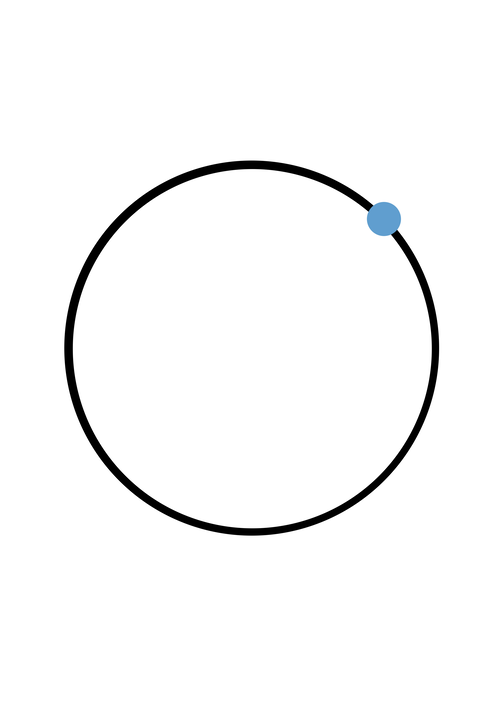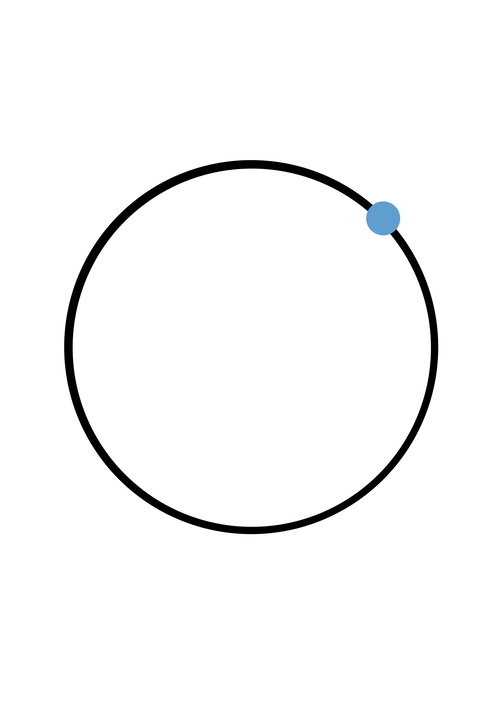Vier Klänge A with crack/Knack on a virtual as a phrase
Vier Klänge B without crack/Knack as a phrase
There is a crack search of the sound file. The crack is really an error in the sound system. However, there are many fashionable sounds of noise through the sound synthesis in pop music.
Sounds are variable
- in and out of a tone (a long sequence)
- continuous a same tone
- continuous different tones
and so on
Research objectives in this practical exploration are for creating a composition from a new perspective of 'something'.
Western painting is a study of imitating nature. However, Japanese painting resembles Western surrealist techniques.
There are also many "pictures" as descriptions for texts.
The technique of printed matter has been developed since ancient times and was used for communication.
Rather than studying the forms of nature, there are many paintings that reflect "images" and compositions of pictorial semantics by semiotics. For example, fish and plant motifs depict seasons, climates, and customs.
"Red and White Plum Blossoms" is one of intellectual pictorial semantics, which overcomes imitation.
I really admire Max Eastely's work. That is although there are many artists who deal with the theme of "wind," but he has achieved a unique symbolization or coding. That is how "wind" has been transformed into an aesthetic spatial metaphysics rather than as a natural phenomenon literary. it was my question to him on 'MA'. -> Artistic research Variation II and III
The artworks of both artists Max Eastley and Joseph Nechvatal (post-conceptual art) are perceptual more than conceptual, that is the reason, I explore both artists in the context of Bence Nanay's research towards Richerd Wohlheim's additionally. I add the explanation from the practical sight for Bence Nanay's account of 'semi-formalism' in the context of his research.
I am very thankful to Œuvre of both artists.
Both artists are, who rejected 'musical score', and they created their own new accounts of musical creation consequently. Their artworks are authentic and unique.
For that, I write reviews on each artwork. I started to research Max Eastley's artwork and I presented it at the conference in 2018 already. However, Joseph Necvatal is himself, an art critic, who has a PhD in Philosophy under Dr Arthur Danto at Colombia University, so, I have very difficulty writing about his artwork. Both are really great artists, how they worked and are working.
I started to explore Bence Nanay's post-doc thesis in 2016, after then I visited the exhibition and performance of Max Eastley at the DAAD gallery in Berlin, it was in 2017.
Thereby, I thought "maybe this is one of".
I mention that audiovisual artwork is not only film and video in their narrativity, but rather like the artworks of both artists, which are through perception beyond the art medium.
Particularly, Max Eastley as a British artist is one of in the context of Wittgenstein and Wollheim.
As a British artist, he's rare and specific, because British art is centred on the metaphysic as high-art philosophically.
And as a contemporary artist, he works also on environmental issues.
So, both artists are working in Avant-Garde and universal of liberal arts in the 21st century.
From those aspects, Bence Nanay's post-doc thesis is very advanced, which is not in a general epistemological context, but rather a new one from the aspect of cognitive neuroscience in the context of aesthetics, which might follow up the context of cognitive linguistics.
The artistic approach in the tempera by Joseph Nechvtal:
Japanese National Treasure "Red and White Plum Blossoms Folding Screen" 日本の国宝 「紅白梅図屏風」
https://www.moaart.or.jp/events/kouhakubai2023/
From my research aspect, Joseph Nechvatal is not a media artist, but rather a fine artist in the context of DADA and Surrealism from the 20th century.
Joseph Nechvatal should be in the context of UNESCO actually.
In Japanese Traditional Art, the meaning of transmedia is the Japanese National Treasure "Red and White Plum Blossoms Folding Screen".
The commonality between Max Eastely, Joseph Nechvatal and Erika Matsunami (originally from the Japanese Traditional Art), who do 'nothing' creating an object, drawing an image and taking a picture, just to do 'transmediating' of.
For me, that is not a wonder due to Japanese Traditional Art. My question is about the process of how they came into that.
Probably, from John Cage or from Dutch in the 17 century.
Another commonality between Max Eastely, Joseph Nechvatal and Erika Matsunami (in the air from the point of view of photochemistry) concerns the topic of random.
Joseph Nechvatal's topic of random in chemosynthesis relates to today's nanotechnology.
Max Eastely's work on the topic of random is metaphysical, particularly, he dealt with this topic in his new installation mathematically.
His early works are on the topic of random through the wind, which is an Asiatic cultural topic, as well as in ancient Greek culture.
They are masters of the art.
random in my exploration is similar to Joseph Nechvatal, it can be explored in virtual also. However, it is still an early stage. (-> spatial aesthetic, transversal aestehtics)
To reach the metaphysic in art, which in a sense of British is generally from 70 years old. Max Eastely and Joseph Nechvatal reached in each artistic field already.
----
random variable as a function
The random variable is then a function from any outcome to a quantity, such that the outcomes leading to any useful subset of quantities for the random variable have a well-defined probability.
http://theanalysisofdata.com/probability/2_2.html
https://www.investopedia.com/terms/r/random-variable.asp
In the context of traditional Japanese art historically, the artist must beyond his/her master with a specific way of own artistic approach. That is the Japanese avant-garde and high art historically, is 'semi-formalism' in the context of traditional Japanese art historically. (In the context of traditional Japanese art, the exploration of 'nature' is high art that involves human nature.) In the British and American way, it is 'creating own account' philosophically.
Minimal art or Minimalism, or neither?
Both artworks are a kind of something, and also without function.
From the point of view of traditional Japanese art, it might be possible to be positioned in minimalism due to the mathematical dealing with the topics. By the way, they are emotional intelligence in this context.
Of course, for me, there is an artistic interventional freshness from a different culture to Japanese traditional culture in this context.
Joseph Necvatal holds a double PhD in (computer) science and in philosophy. He is one of similar to Picasso from the aspect of image science in the 21st century. (I am exploring) From my research aspect, he should be in the program of DAAD, but his exhibition in Berlin was totally in another context of the art field.
On articulation is based on the notion of 'quantum', i.e. quantum computing. In the notion of quantum computing, it won't be mixed. It means that each strong character will be kept (Eigenschaft). I mention that the idea of (dis-)harmony in the contemporary music composition by Schönberg was not wrong. That is in the category of harmony, because of the timbre of tone. But it is (dis-)harmony in harmony, after the composer e.g. Alvin Lucier, and many others - elasticity in music
Today's is post-conceptual in the 21st century.
The colour is mixed and will be another colour, and the light will be clear and bright that is logic.
The sound has no idea of being mixed because the sound is the wave of the signal and vibrations in the air. Thereby John Cage explored the sound composition in music, that is 'organisation', namely, it is sound synthesis and sonic composition. In the 20th century, it was L-system and linguistic minimalism relevant to those explanations. In the 21st century, how the sonic will be managed, will be changing due to the programming of quantum computing. e.g. new algorithms
Big data itself is rather the data for economic reasons, which is not so important, as how people think. Life doesn't get in the way of not using social media.
-> on Coexistence in the near future from the biological aspect



